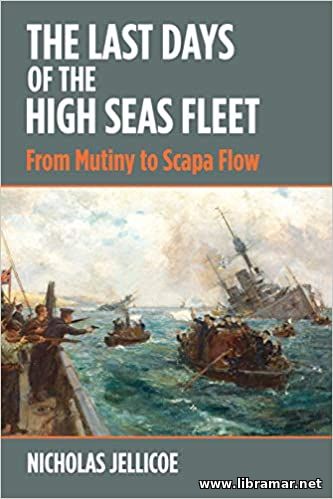 This interesting volume has been highly appreciated by the enthusiasts of the naval history everywhere in the world. Written by the recognized expert in the field, the publication will provide wealth of valuable information to all people with the deep interest in naval history.
The author has collected and tons of materials obtained from the German archives and other sources of information, and also make dozens of interviewees with the real people. The efforts of the author have eventually resulted in the perfect reconstruction of the events of those times. There are so many illustrations supplementing the text part of the book. Note that the publication is presented in both pdf and epub formats, for more comfortable usage.
The book is deservedly considered the real treasure for anyone willing to get more information about those pages of the naval history, and the approach applied by the author in depicting the happenings and historical events has made the content of the volume very readable which, in turn, gained so much of popularity to his best title. In short, the volume is recommended to all people interested with the ships of the past times – they will not get disappointed.
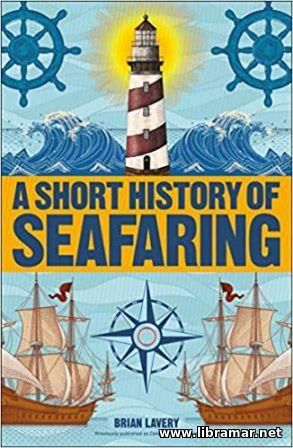 This is one of the most popular titles on the history of seafaring in the whole world, greatly appreciated by the enthusiasts. The author provides readers with the excellent understanding and knowledge of how the seafaring did develop through the years and centuries, covering moth military and trade shipping. The focus was made on the critical aspects of the seafaring that would be of particular interest to the specialists.
The volume is perfectly readable and the chapters are compact yet very informative and full of interesting information. The whole history of the seafaring has been covered, starting from the very first steps of development, to the modern times and issues, such as the piracy etc. Numerous illustrations and maps have been included to supplement the text. We can say that literally all important historical facts have been included and addressed in detail, appealing to the broader audience.
The volume will be a genuine treasure and a must-have one for the people trying not only to know, but also to understand the seafaring history, since they will be able to track the whole development process up to today, and considering the fact that the author managed to pack tons of information into a quite compact volume.
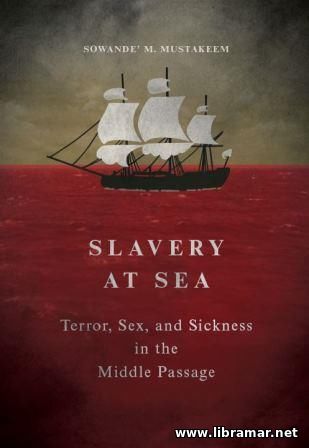 The volume is a must read for literally all people with the deep interest in the history of the slavery at sea. The author has mainly focused on the slave ships, intending to significantly expand the readers’ understanding of the violence and real horror of the slavery.
The readers all around the world have already found this publication to be a truly perfect argument, fundamentally contributing to the slavery history in colonial America. The study and analysis performed by the author provides new insights into the intersection of the human health, gender, age with the violence. The efforts of the author have eventually resulted in the text that describes in detail the significance of the Middle Passage.
The research activities by the author and deep and thorough analysis of the obtained data have eventually resulted in this brilliant text telling readers the ugly truth. The style of writing is very engaging and the reading will be very interesting. The author has also placed an accent on the women, kids and old people… The volume is a good one to read for those with the interest in the history, as this is also one of the parts of the naval history, although one of the most tragic pages.
 The author of this volume has presented the results of detailed examination of the British action that took place in the Southern hemisphere in the eighteenth century. In fact, he goes well beyond the descriptive analysis of the shipwrecks by considering the ships and cargoes as embodiments of the social relations of that historical period. The content of the publication is challenging the traditional approaches to the subject and provides a respective emphasizing the diversity and richness of the British action also focusing on its complexity.
The volume presents the edited version of the doctoral thesis of its author. The readers appreciated the well researched and perfectly structured materials making this book a very good reference source for all interested people. The book has joined together numerous recent works in the field of maritime archaeology and gives valuable contribution to the historical archaeology.
According to the reviews by the experts in this area, the present volume is a remarkable piece of scholarship and shall be recommended as a must-read to all people with deep professional interest in the naval history and maritime archaeology; however, the general readers will also find the content interesting.
 The author of this interesting volume draws on both literary and archaeological evidence when performing his examination of the significant role played by the boat in Egyptian belief, ritual and in everyday life. The content of the book will interest both historians and naval enthusiasts. The text has been illustrated with numerous detailed and informative photographs of boat models as well as many paintings together with the line drawings of the boats.
The author has also provided description of the boat building process which used to be there in ancient Egypt on the basis of the boat models that were found in the tombs; he has also used some remains of the boats found during archaeological digs. There is also a good glossary of the terminology included in the book for easy reference. In fact one chapter of the volume is devoted solely to the sources of evidence used.
The section dealing with the boat building addresses the woodworking techniques commonly used at those times, harbors and boat construction yards, and all other aspects. Particular attention has been paid by the author to the boats in ritual and belief, and to ancient Egyptian boats from Old, Middle and New Kingdom, etc.
 Obviously, water is the most fundamental resource considered the basis of all life on our planet, and this resource is becoming increasingly important issue and potential source of conflict in today's world. The present fascinating volume setting out numerous ingenious methods used by the ancient human societies to gather, transport and store water, is a very timely book taking into account a profligacy and overextraction threatening the existence of the watercourses and aquifers that for millennia have been supplying people's needs for the water.
The book is intended to provide readers with a general overview of the water technologies established by some of the ancient human civilizations. No publication on water technologies of the ancient times might be considered complete without discussions of the engineering developments of the Greeks and Romans, and these have been covered in the present volume together with the examination of how American societies of that historical period accommodated their water requests.
The text of the book is really wide-ranging and offering some practical and effective technical solutions to the crisis taking place in today's water supply. Readers will find valuable insights made by the author into the ancient water technologies which underpin most of the contemporary practices of water engineering and management.
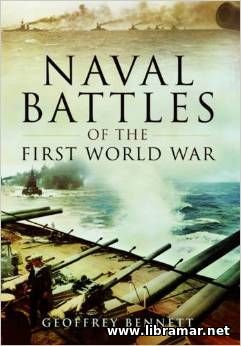 The initial setting for Act One was the Mediterranean on which the curtain was rung up early, several days before Britain's declaration of war. Here the Admiralty's plans to withdraw all their dreadnoughts to Home waters had gone awry. France had been slow to build such ships; by July 1914 she had completed no more than four, of which only one had been transferred from Brest to Toulon.
Since Germany's partners in the Triple Alliance, Austria-Hungary and Italy, each had three dreadnoughts in the Mediterranean, the Admiralty had to leave a squadron of battle cruisers at Malta. The Inflexible, Indefatigable and Indomitable, with eight 12-inch guns and a designed speed of 25.5 knots, were supported by the 1st CS of four armored cruisers, Black Prince, Defence, Duke of Edinburgh and Warrior, which bristled with 9.2-inch, 7.5-inch and 6-inch guns, but could go no faster than 23 knots.
These seven ships, together with four 25.5-knot, 6-inch-gunned light cruisers of the 'Town' class and a flotilla of destroyers, came under the command of Admiral Sir Berkeley Milne, who owed his rank and his appointment more to his talents as a courtier than to his professional ability. As Fisher wrote to Churchill in 1912: 'In regard to what you have done in the appointment of Sir Berkeley Milne, you have betrayed the Navy. You are aware that he is unfitted to be the senior admiral afloat, as you have now made him.'..
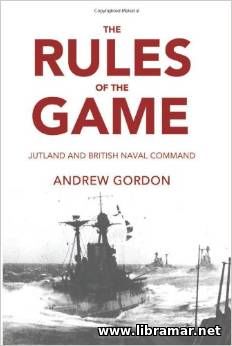 And here is one more interesting publication on the naval history. Though the title of this book mentions Jutland, in fact this volume is much more ambitious. Andrew Gordon, the author of the present great work, has used that famous naval battle as the top exhibit to demonstrate the evolution of the British Navy. He also provides an excellent professional explanation of the Admiral Tryon's navy campaign.
At the very first glance, this publication is a sort of examination of the several specific tactical decisions made in the course of the Battle of Jutland explaining the major differences between the so-called "command climate" the battle fleets under Beatty and under Jellicoe. The description of the actions provided by the author, together with the timeline breakdown, together with the discussion and conclusions relating to the different conflicting timelines and narrative texts put forth have all made this publication to be found very popular among all naval history enthusiasts as well as in the community of professional naval historians.
The readers should also note a remarkably thoughtful and careful examination performed by the author of the manner the organizational culture and also the leadership norms in the British Royal Navy shifted at the times of the unchallenged supremacy...
|







